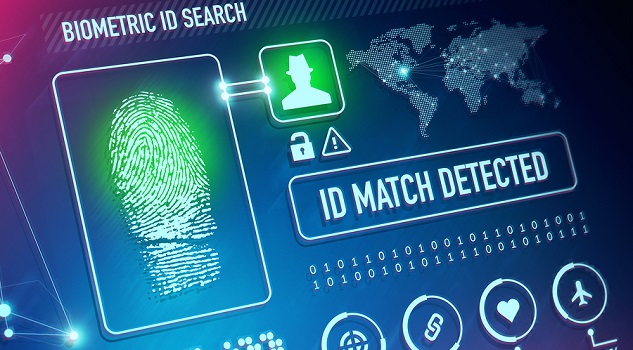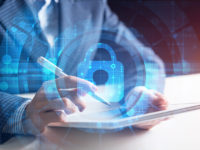Many of us have received an email or text from our bank or credit card provider saying there’s been “unusual” or “suspicious” activity on our account and to contact them immediately. We instantly go into a panic, wondering what the damage is, how it occurred and how quickly we can get the issue resolved. It’s an uneasy feeling knowing that your sensitive financial or customer data may have been breached, but it’s also a hassle! At the very least, you need to stop what you’re doing and notify the appropriate channels, lock down your accounts, and change all your passwords. Moving forward, things can get better as more systems and technology adopt biometric security.
Unfortunately, cyber breaches are a relatively common occurrence. In fact, research shows that one in five Australian SMEs have been hit by a cyber attack, with an average finance loss of $6600. It could happen at your local ATM, result from a negligent employee, a stray link or phishing scam or a direct attack on your network. Despite the risk, however, most SMEs still do not have proper solutions in place to protect themselves.
Luckily, a new breed of biometric security solutions is helping small business owners fight back. These tools use an individual’s characteristics to prove identity with a greater level of assurance. The technology is taking off partly due to increased consumer confidence in using tools like fingerprint identification on smart phones or facial recognition technology at the airport.
So, what are the most common types of biometric devices being used and how can they help protect your business?
Fingerprint Scanner
Fingerprint scanning is one of the most popular forms of biometric security given it is relatively low cost to implement. It might even be the way you open your iPhone every day. The Qantas Cash app is just one recent example of a financial-related service that has implemented new fingerprint ID features to make logging in quick, yet secure.
Facial Biometrics
New biometric scanners can also pick up the unique features on a persons’ face to ensure that only that person can access the data. Sail now offer’s this feature to compare a “selfie” photo against validated forms of photo ID and makes the loan application process more secure.
Eye Scanner
New eye scanners compare the patterns of blood vessels behind the whites of the eyes. Major US banks have recently added the technology to their mobile apps for more secure logins.
Voice Recognition
ANZ recently announced plans to roll out voice biometrics for its mobile banking platform. Special voice recognition software records an individual’s unique voice pattern and only allows the person with the correct tone, pitch and volume access. ANZ says the tech would be used for transactions over $1000.
I expect these biometric technologies to take off; not because it’s a unique product add-on, but because companies cannot afford to leave themselves susceptible to attack. It’s just too costly when you consider the financial and reputational impact.
Businesses of all shapes and sizes are now collecting potentially sensitive customer data – through social media, lead generation campaigns and regular business transactions. That means we all have a responsibility to our customers to keep up-to-date with cyber security solutions.
Today, biometrics represent a great answer to many cybersecurity threats. Tomorrow, as hackers and technology become more sophisticated, it could be something new. The important thing is that as the market develops and changes, our businesses adapt, so we can reduce the risk of doing business.
Yanir Yakutiel, CEO & Founder, Sail Funding














